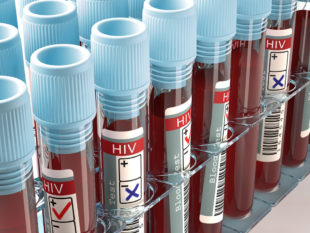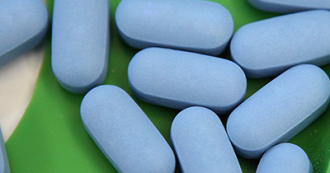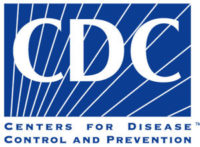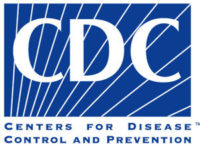Georgia’s HIV infection rate dropped by a 6 percent annual rate from 2008 to 2014, the CDC has reported.
The state Department of Health said Monday that the decline “is very encouraging news for Georgia as we work to eliminate HIV/AIDS in the state.”

Dr. Patrick O’Neal, director of health protection for Public Health, added, “It also reinforces what we’ve said all along that linking patients with treatment is essential to reducing HIV transmission in Georgia.”
Georgia, and Atlanta in particular, have had high infection rates. Atlanta has been ranked the No. 5 city in the nation for new HIV diagnoses, and Georgia the No. 2 state.
The CDC recently reported the number of annual HIV infections in the United States dropped 18 percent between 2008 and 2014 — from an estimated 45,700 to 37,600.
The most significant declines were:
** Washington, D.C., 10 percent per year
** Maryland, about 8 percent per year
** Pennsylvania, about 7 percent per year
** Georgia, about 6 percent per year
** New York and North Carolina, each about 5 percent per year
** Illinois, about 4 percent per year
** Texas, about 2 percent per year
An HIV-positive person is 96 percent less likely to pass the virus to others while adhering to an appropriate treatment regimen, public health officials say.

Georgia Public Health said its Office of HIV/AIDS has worked to reduce the spread of infections by promptly identifying HIV-positive clients and linking them to medical care and support services.
The number of people living with HIV has steadily increased as a result of effective treatment. Since the development of antiretroviral therapy during the mid-1990s, deaths due to AIDS have dropped substantially, public health officials note.
“DPH’s Office of HIV/AIDS will continue to set aggressive goals to further reduce HIV incidence in our most vulnerable populations,” said William Lyons, director of the DPH Office of HIV/AIDS. “Initiatives to meet these goals include implementing the South’s first statewide strategy addressing HIV among gay and bisexual men” and expanding initiatives aimed at promoting improved linkage, engagement and retention in care, he said.

The CDC reported that its researchers believe the national declines in annual HIV infections are due, in large part, to efforts to increase the number of people living with HIV who know their HIV status and are virally suppressed — meaning their HIV infection is under control through effective treatment.
Increases in the use of pre-exposure prophylaxis, or PrEP, may also have played a role in preventing new infections in recent years, the CDC said. PrEP is a pill that people who do not have HIV can take daily to reduce their risk of infection from sex by more than 90 percent.
Cathalene Teahan of the Georgia AIDS Coalition called the state data “encouraging.”
“We need to continue using treatment as prevention and increase the use of pre- exposure prophylaxis as a prevention method,’’ she said. “We have a ways to go but we are on the right path.”
Dr. Jonathan Mermin, director of CDC’s National Center for HIV/AIDS, Viral Hepatitis, STD, and TB Prevention, said in a statement that these data “reflect the success of collective prevention and treatment efforts at national, state and local levels. We must ensure the interventions that work reach those who need them most.”

In addition to the national decline, a new CDC analysis found annual HIV infections dropped:
** 56 percent among people who inject drugs (from 3,900 to 1,700);
** 36 percent among heterosexuals (from 13,400 to 8,600);
** 18 percent among young gay and bisexual males ages 13 to 24 (from 9,400 to 7,700);
** 18 percent among white gay and bisexual males (from 9,000 to 7,400);
Gay and bisexual men were the only group that did not experience an overall decline in annual HIV infections from 2008 to 2014, the CDC found. The agency said the reduced infections among whites and the youngest gay and bisexual men were offset by increases in other groups.
Annual infections remained stable at about 26,000 per year among gay and bisexual men overall and about 10,000 infections per year among black gay and bisexual men — what the CDC called a hopeful sign after more than a decade of increases in these populations.

